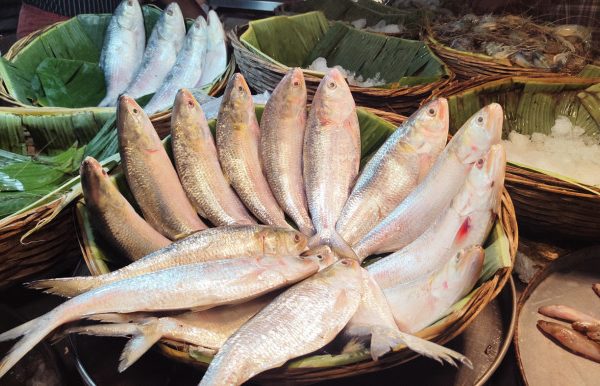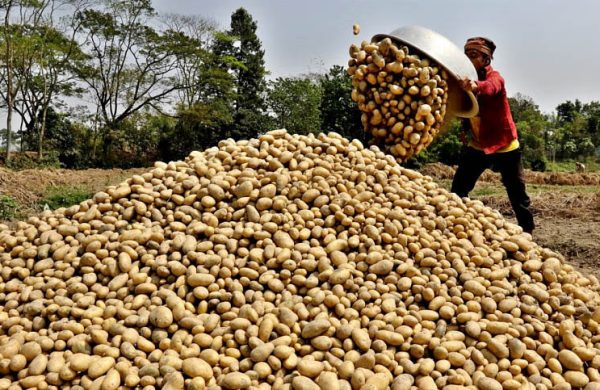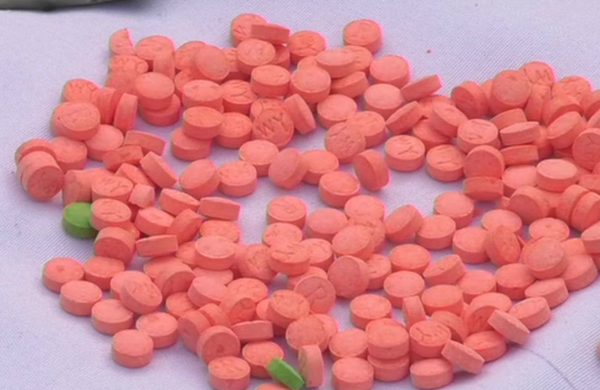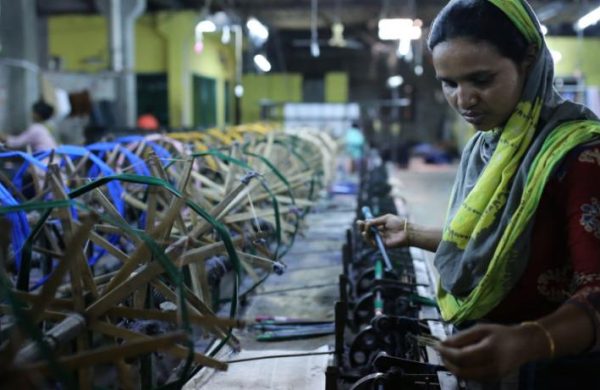‘Micro-plastics found in Hilsa’
- Update Time : Tuesday, June 17, 2025
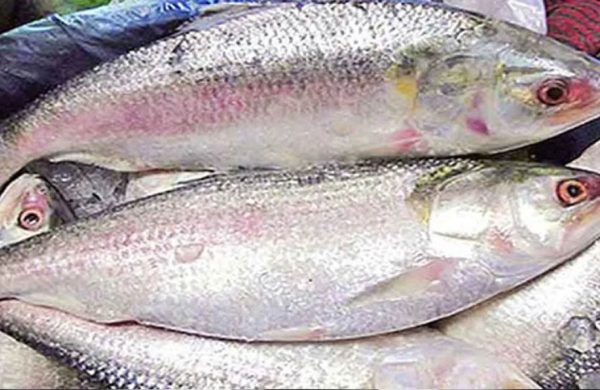
TDS Desk:
Not only is hilsa prized for its taste, but its nutritional value is also significant. As poet Buddhadev Bose once wrote, hilsa is “the bright grain of water.” But what happens if this bright grain loses its lustre due to pollution?
A recent study has found microplastic particles in hilsa caught at river mouths in Bangladesh. Worse still, the fish also contain harmful heavy metals like cadmium, lead, mercury, and arsenic.
Researchers discovered that plastic particles smaller than 5 millimeters—known as microplastics—were present in the intestines, liver, and even muscle tissues of hilsa. These particles originate from plastic bags, bottles, synthetic clothing, tires, and cosmetics. Once they enter rivers and oceans, fish ingest them directly or through the food chain.
The research findings were published in April in the prestigious UK-based journal Water, Air, & Soil Pollution. The study was conducted by the Aquatic Zoology Research Group of the Department of Zoology, University of Dhaka, in collaboration with scientists from the Department of Marine Science at Shahjalal University of Science and Technology.
Plastic pollution, especially in the form of microplastics, has become a pressing global issue. Reflecting this concern, the theme for this year’s World Environment Day, observed globally on 5 June, was “No More Plastic Pollution.”
While the message of the day was a global call to action, plastic remains deeply entrenched in everyday life in Bangladesh. Between 2005 and 2014, plastic production in the country rose by about 169 percent—far surpassing the global average increase of 25 percent during the same period.
The high concentration of microplastics in coastal waters is linked to waste discharged by fishing boats, cargo ships, and households. Fish caught in these waters are particularly prone to ingesting such pollutants.
THE RESEARCH
The research was led by Gawsia Wahidunnesa Chowdhury, professor in the Department of Zoology at Dhaka University. She said, “We are witnessing alarming levels of microplastic pollution in both aquatic and terrestrial ecosystems. In this study, we wanted to assess the condition of our national fish, the hilsa, in the face of rising plastic contamination.
When an animal is exposed to one type of pollution, its immunity weakens, making it more vulnerable to other harmful substances. Our goal is not to cause fear, but to raise awareness. Through this research, we aim to highlight the fragile state of our aquatic environment. It underscores the urgency of taking serious action to protect it.”
The research was primarily conducted in the Meghna River estuary, one of the most ecologically productive regions along Bangladesh’s southeastern coast. This area is the primary migration and breeding ground for hilsa. Samples were collected from Haimchar in Chandpur, Alexander and Ramgati in Lakshmipur, Daulatkhan and Tajumuddin in Bhola, and Hatia in Noakhali.
According to previous studies, only about 2 per cent of hilsa production in Bangladesh now comes from the Padma River—and those fish tend to be smaller in size. In contrast, the Meghna basin produces most of the larger, tastier hilsa.
For this study, 20 hilsa fish were collected from the Meghna River across four districts between 2019 and 2021. Immediately after capture, the fish were stored in refrigerators at a temperature of –20 degrees Celsius to preserve their condition.
Samples were then analysed in the laboratory of the Department of Oceanography at Shahjalal University of Science and Technology. During sample collection, the length and weight of each hilsa were recorded. The intestines were dissected through the abdominal cavity, and microplastic particles were identified using a microscope.
RESULTS
The study found plastic particles in every single hilsa sampled. On average, each fish contained 10 microplastic particles. These microplastics were of five different colours: translucent, green, red, blue, and black.
In terms of size, 43 per cent of the microplastics measured between 1 and 5 millimetres, 34 per cent ranged from 500 micrometres to 1 millimetre, and 23 per cent were smaller than 500 micrometres. The microplastics were also found in various shapes, mainly thread-like, round, and irregular forms.
A major finding of the study was the presence of heavy metals in the hilsa—lead, cadmium, mercury, arsenic, and chromium—all of which are highly toxic. These contaminants were detected using Energy Dispersive X-ray Fluorescence Spectroscopy (EDXRF) analysis.
The researchers noted that the presence of heavy metals could impair the food intake and reproductive capacity of hilsa in the future. Alarmingly, larger hilsa showed higher concentrations of lead and copper.
HOW HARMFUL FOR THE HUMAN BODY?
Hilsa researcher and former Chief Scientific Officer of the Fisheries Research Institute, Anisur Rahman, “We don’t usually eat fish intestines, which is somewhat reassuring. However, we still cannot say with certainty whether these harmful substances are spreading from the intestines to other edible parts of the fish.”
Typically, hilsa is consumed after being cooked—whether fried, roasted, curried, or cooked with mustard paste. Since the fish is subjected to high heat, one might wonder: does cooking neutralise the harmful effects of microplastics and heavy metals?
BUT THE ANSWER IS NOT SIMPLE.
Professor Abdus Salam, from the Department of Chemistry at Dhaka University, who has long studied the environmental impacts of microplastics, raised serious concerns. “The fact that so many microplastics were found in such a small sample is alarming,” he said. “Plastic is a compound, and when exposed to heat, toxic components like Bisphenol A (BPA), phthalates, and polystyrene can be released.”
“These chemicals,” he warned, “are known to disrupt hormonal balance, cause cancer, and even alter the genetic structure of human cells.”
WHAT TO DO
The nutritional value of hilsa is immense. Every 100 grams of hilsa contains 21.8 grams of protein, 24 milligrams of vitamin C, 180 milligrams of calcium, 3.39 grams of sugar, 2.2 grams of minerals, and 19.4 grams of fat. It is also rich in iodine, various mineral salts, lipids, and omega-3 fatty acids, which help reduce the risk of heart disease. In terms of food energy, hilsa offers more calories than most other animal protein sources.
But this valuable fish is now under threat from plastic pollution.
Studies estimate that 100 million to 3 billion microplastic particles enter the Bay of Bengal every day through the Ganges and its tributaries—a vast volume that directly affects the Meghna estuary, the primary breeding and migration zone for hilsa.
This is not an isolated finding. Research published in 2021, 2022, and 2024 also confirmed the presence of microplastics and heavy metals in hilsa from the Meghna basin and the Bay of Bengal. The latest research aligns with these earlier findings—strengthening the call for urgent action.
Lead researcher Professor Gawsia Wahidunnesa Chowdhury said, “This fish—so beloved and nutritionally rich—is now being affected by environmental pollution. Our study used a small sample size, yet the level of contamination is alarming. What we need now is a long-term, large-scale scientific study to fully understand the extent of this crisis.”



